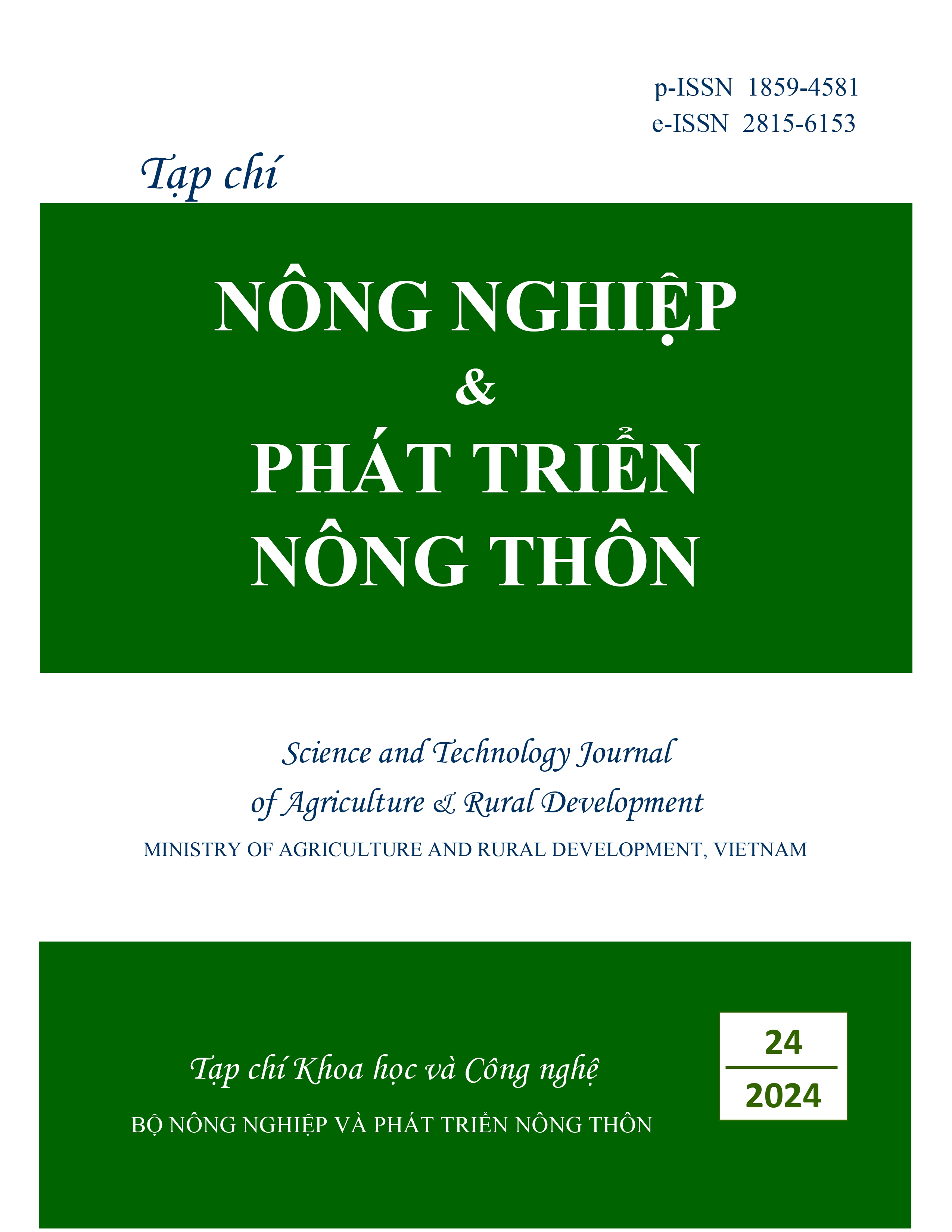Gis and remote sensing - based analytic hierarchy process used for drought risk map in A Luoi district, Thua Thien Hue province
DOI:
https://doi.org/10.71254/z06d1n89Keywords:
GIS, remote sensing, AHP, drought risk, A LuoiAbstract
Drought is currently a major factor that impacts agricultural productivity in the mountainous area of Thua Thien Hue province. This study applied the analytic hierarchy process (AHP) model based on GIS and remote sensing to delineate different levels of drought risk. A drought risk map was created based on influencing factors, including rainfall, normalized difference vegetation index (NDVI), land surface temperature (LST), normalized difference water index (NDWI), elevation, slope, land use and sand content in the soil. The study indicated that approximately 1.10%, 3.67% and 17.80% of the study area were classified as very high, high, and moderate drought risk regions, respectively. In comparison, 45.05% and 32.38% of the area were categorized as low and very low drought risk regions. The consistency index and consistency ratio were 0.109 and 0.07, respectively. The drought risk map’s accuracy was 71%. In the model, land use accounts for 40.01% of the drought risk, followed by rainfall (23.42%) and LST (13.08%). This result can serve as a reference for agricultural planning.






